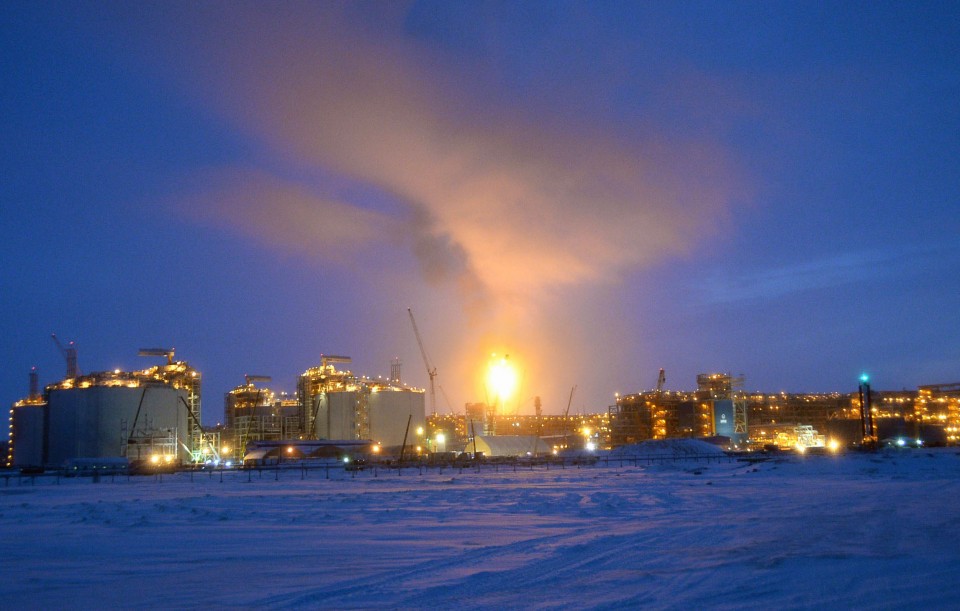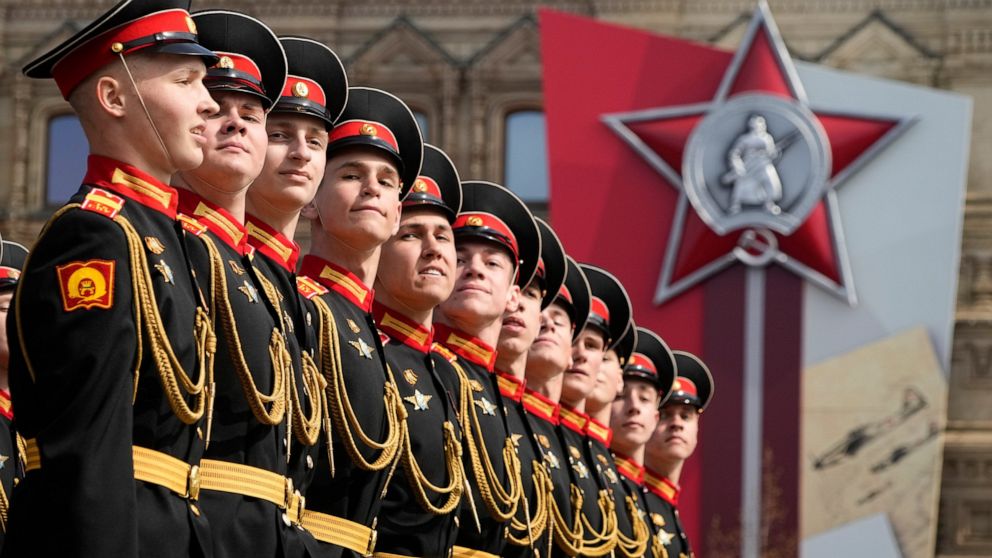[ad_1]
A growing food security threat is set to push Indian Prime Minister Narendra Modi into a conundrum: continue sending wheat to countries hit by dwindling supplies from the war in Ukraine or stockpile food at home to fend off high inflation.
Severe heat waves have damaged wheat yields across the South Asian nation, prompting the government to consider export restrictions, Bloomberg News reported. While the food ministry said it sees no case yet for controlling wheat exports, it’s a question that will gain momentum and carry political ramifications for Modi and his ruling Bharatiya Janata Party.
Modi has sought to burnish his reputation as a dependable global leader, but he faces frustration on home soil about record-high inflation — one issue that brought down the previous government and paved the way for his ascension to power.
“At a time when the world is facing a shortage of wheat, the farmers of India have stepped forward to feed the world,” Modi said this week at a gathering of the Indian diaspora in Germany. “Whenever humanity is faced with a crisis, India comes up with a solution.”
After the war hampered logistics in the Black Sea region, which accounts for about a quarter of all wheat trade, India has tried to fill the vacuum.
Egypt, the world’s top buyer, recently approved India as a source for wheat imports. Last month, Piyush Goyal, the food and commerce minister, said India hopes to become a permanent exporter of wheat, shipping as much as 15 million tons this year, compared with about 7.2 million in 2021-22. Officials are pushing the World Trade Organization to relax rules so that India can export from state reserves, Goyal said.

But the country’s domestic challenges have come into sharper focus in recent weeks. Hundreds of acres of wheat crops were damaged during India’s hottest March on record, causing yields to potentially slump by as much as 50% in some pockets of the country, according to a Bloomberg survey.
Franck Gbaguidi, senior analyst at political risk consultancy Eurasia Group, said damage to crops will limit India’s ability to fill broader supply shortages, regardless of whether exports move forward or not. Wheat consumption in the world’s second-most populous nation is estimated at 107.9 million tons, according to the U.S. Department of Agriculture.
“With the current impact of the heat waves, India’s claim to ‘feed the world’ by exporting wheat surpluses — if granted permission by the World Trade Organization — now rings hollow,” he said.
With supply chains disrupted by the war, skyrocketing freight rates and extreme weather events, domestic inflation is also surging, especially for cereals and edible oils. In a sign of concern, India raised its key interest rate in a surprise move Wednesday, sending bonds and stocks tumbling. In March, retail inflation rose to a 17-month high of 6.95%.

In an online briefing, Shaktikanta Das, governor of the Reserve Bank of India, said inflation pressures are becoming more acute, particularly on food. Retail prices for wheat averaged about 29 rupees a kilogram on May 5, up around 7% from a year earlier. And flour made from the grain traded at close to 33 rupees, an 8% rise from last year, according to government data.
“This is one big policy dilemma his government is facing: capitalizing on the opportunity to project Modi as a world leader versus a possible domestic food shortage that may affect his popularity and electoral prospects,” said Shilp Shikha Singh, assistant professor at the Giri Institute of Development Studies in the city of Lucknow.
Still, Singh said the Bharatiya Janata Party will likely prioritize protecting the prime minister’s reputation as a statesman on the world stage, even as his government faces local elections scheduled for late this year and weighs the trade-offs of exporting more wheat.
Since taking office in 2014, Modi has angled for a greater role in shaping global affairs, whether by spurring foreign investment through liberalizing India’s tax codes or supplying millions of coronavirus vaccines. That decision laid bare the consequences of overstepping: When the Delta variant devastated India in 2021, the government rushed to boost domestic vaccine supplies after sending so many abroad.
The Indian government said Thursday that it doesn’t see a reason right now for controls on wheat exports. But the calculus could change: Wheat output is on track to fall to 105 million tons in 2021-22, according to the latest estimates. That’s down from a previous forecast of 111 million tons (an all-time high) and last year’s harvest of 109.6 million tons.
Singh said the decision to dial wheat exports up or down ultimately lies with the prime minister’s office.
“The image of Modi is significant and the party invests heavily in it,” she said.
In a time of both misinformation and too much information, quality journalism is more crucial than ever.
By subscribing, you can help us get the story right.
SUBSCRIBE NOW
[ad_2]
Source link
















